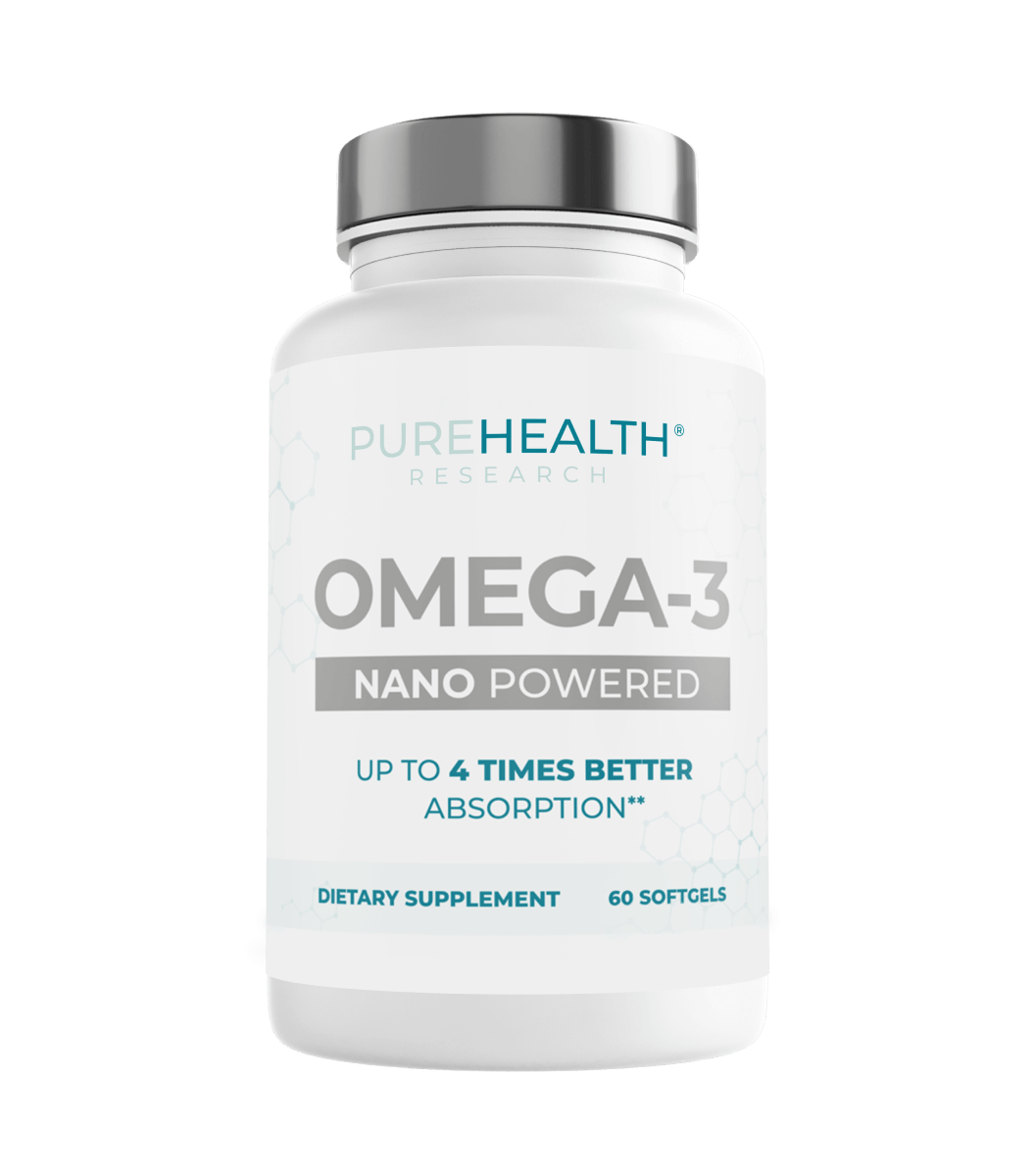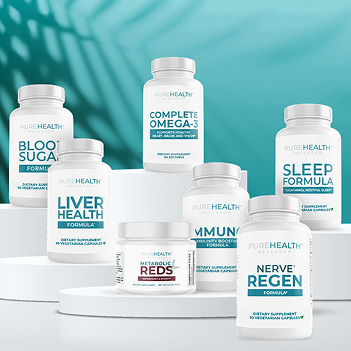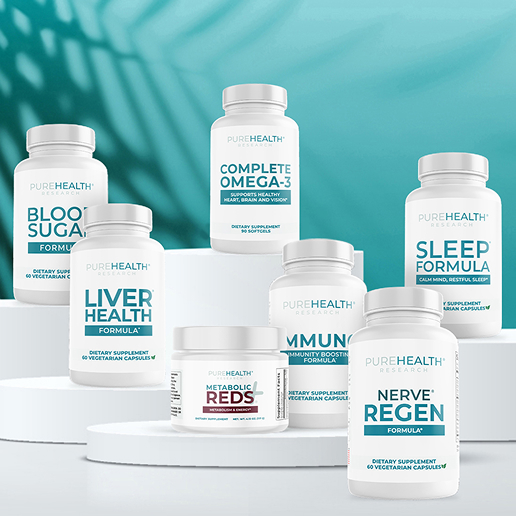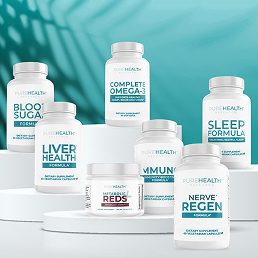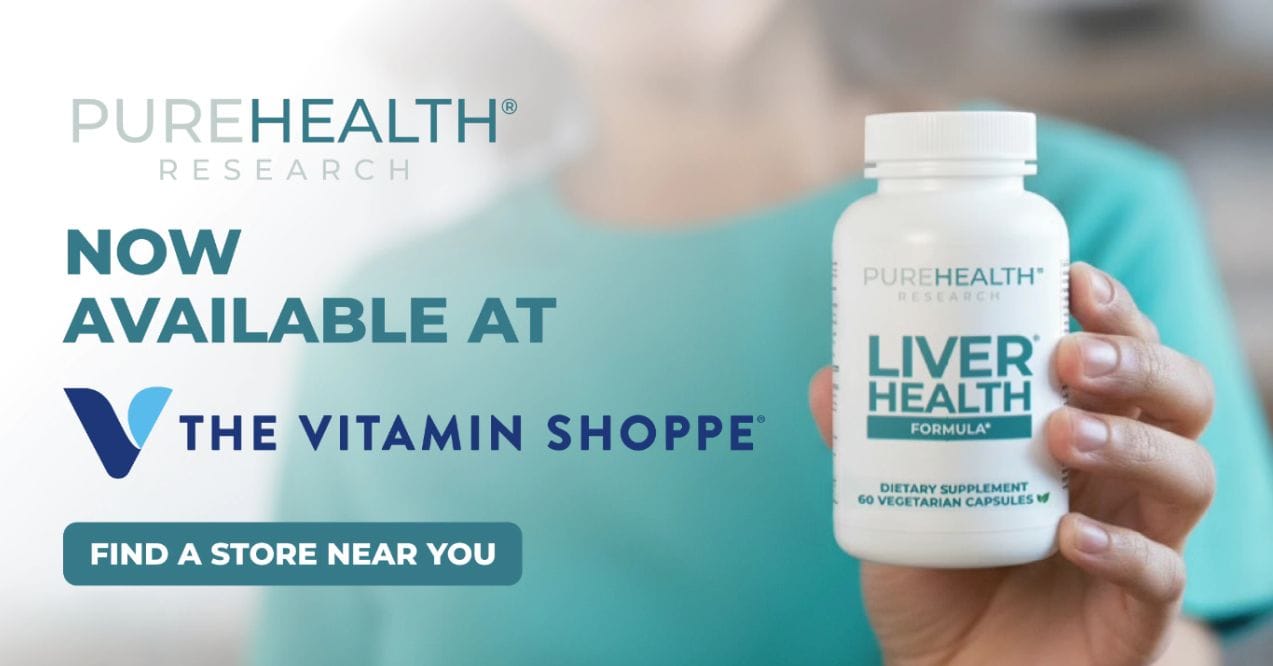Are Seed Oils Bad for You? List of Seed Oils to Avoid
Are seed oils bad for you? Discover the truth about common cooking oils, their effects on health, and better alternatives for your kitchen.


Are seed oils bad for you? This question has become increasingly important as these oils have quietly taken over our kitchen cabinets and processed foods, becoming an invisible part of nearly every meal.
Recent research suggests these oils could be linked to unwanted cellular changes in our bodies. A 2023 study found that people who consumed high amounts of processed seed oils showed a 23% increase in inflammatory markers compared to those who used traditional cooking fats. From canola to soybean oil, these modern kitchen staples are sparking heated debates in nutrition circles.
As we dive into the world of seed oils, you’ll discover what makes them unique, how they might affect your wellbeing, and which alternatives could better support your health goals. Whether you’re a cooking enthusiast or simply curious about making better food choices, understanding why are seed oils bad could transform your approach to healthy eating.
List of Seed Oils to Avoid
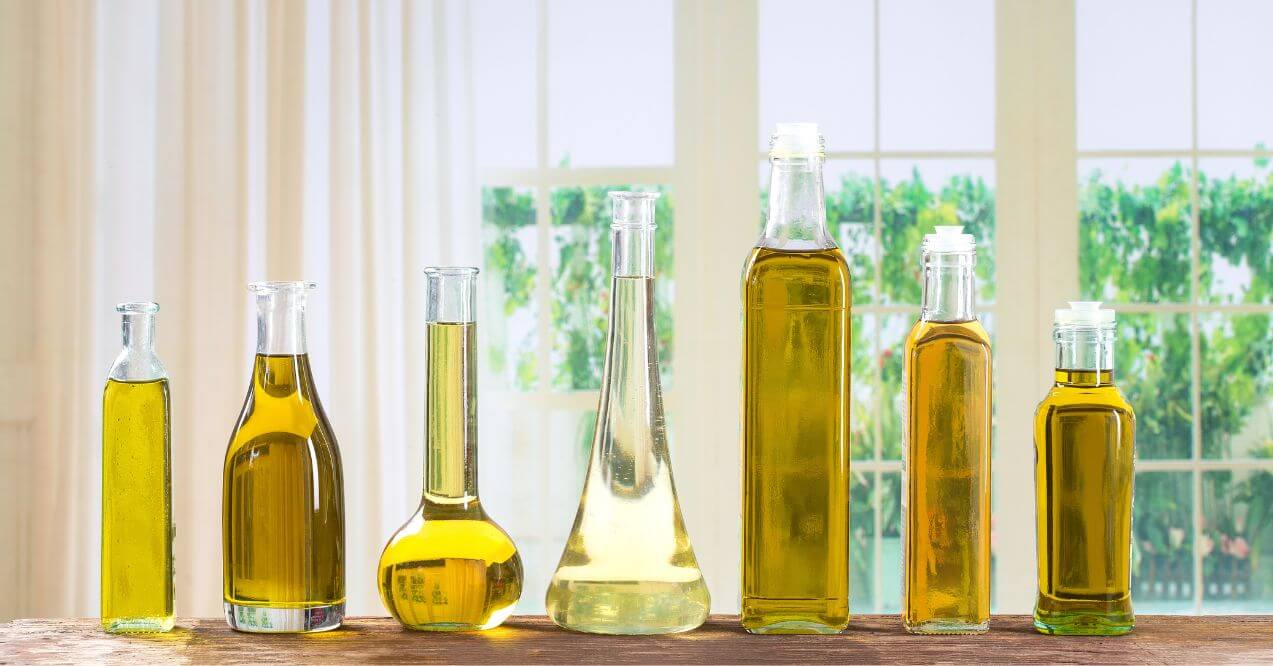
When exploring the list of seed oils to avoid, several common cooking oils stand out due to their processing methods and chemical composition. Here are the worst seed oils that nutrition experts suggest limiting in your diet:
- Canola Oil – Despite its reputation as a healthy option, canola oil undergoes extensive chemical processing at high temperatures, which can modify its natural structure. The processing typically involves chemical solvents and deodorizers that may leave unwanted residues in the final product.
- Corn Oil – Among seed oils to avoid, corn oil ranks high due to its intense industrial processing. It’s heavily refined and contains high levels of polyunsaturated fats that can become unstable when heated, potentially forming compounds that may impact cellular health.
- Soybean Oil – This oil appears in countless processed foods and contains disproportionately high levels of omega-6 fatty acids. The extensive processing required to extract oil from soybeans involves harsh chemicals and high heat.
- Safflower Oil – Similar to sunflower oil, safflower oil undergoes significant processing and contains extremely high levels of omega-6 fatty acids, making it one of the list of seed oils to minimize for those seeking better fatty acid balance.
- Grapeseed Oil – Though marketed as a healthy cooking oil, grapeseed oil is heavily processed and contains high levels of polyunsaturated fats that can become unstable at common cooking temperatures.
- Rice Bran Oil – While less common, rice bran oil requires extensive processing and refinement, potentially leading to the formation of compounds that may impact cellular function.
These oils have earned their place on the list of seed oils to avoid primarily due to their industrial processing methods and unbalanced fatty acid profiles. Understanding which oils to limit can help you make more informed choices in the kitchen and when shopping for processed foods.
What are Seed Oils? Are They Really Bad for You?
So, are seed oils bad for you? Let’s start by understanding what these oils actually are. Seed oils are vegetable oils extracted from the seeds of plants through an industrial process that typically involves high heat, pressure, and chemical solvents like hexane. Common examples include canola oil (from rapeseed), soybean oil, corn oil, and sunflower oil.
Unlike traditional fats that can be easily pressed (think of squeezing olives or coconuts), getting oil from tiny seeds requires intensive processing:
- Cleaning and Heating – Seeds undergo initial cleaning and are heated to temperatures often exceeding 230°F (110°C), which can alter their natural chemical structure
- Pressing and Chemical Extraction – The heated seeds are mechanically pressed, then mixed with chemical solvents (typically hexane) to extract every possible drop of oil from the seeds
- Refining – The extracted oil undergoes multiple refining processes including degumming and neutralization to remove impurities
- Deodorization – A high-heat treatment (up to 500°F/260°C) removes the natural odors and flavors, making the oil more commercially appealing
- Bleaching – The final step uses bleaching clays to achieve the clear, light color consumers expect
Many people wonder why is sunflower oil bad when it seems so natural. The answer lies in its processing and composition. During manufacturing, sunflower oil’s molecular structure changes under extreme heat. This industrial-scale extraction creates a product far removed from its natural state. Moreover, sunflower oil contains up to 70% omega-6 fatty acids – an unprecedented level compared to traditional fats our ancestors consumed.
Research indicates that the primary concern with seed oils centers on their unusually high omega-6 fatty acid content. While omega-6s are essential nutrients, the modern food system provides them in quantities up to 20 times higher than historical norms. This dramatic shift has occurred primarily in the last century with the rise of industrial seed oil production.
When consumed in large amounts, these processed oils may impact your body’s natural inflammatory responses. Think of it like a scale – traditional diets maintained a careful balance of different types of fats, but modern seed oils have tipped that scale dramatically in one direction.
What makes this particularly relevant is how ubiquitous these oils have become. They’re not just in obvious places like bottles of cooking oil – they’re hidden in salad dressings, baked goods, snack foods, and most restaurant meals. This means many people consume significant amounts without realizing it.
Seed Oils and Inflammation

The link between seed oils inflammation and your health has become a hot topic in nutrition research. Scientists are finding that the processing methods and high omega-6 content of these oils might wake up your body’s inflammatory response. This is especially important as we age and our bodies become more sensitive to inflammatory triggers.
When seed oils are heated, exposed to light, and mixed with air during manufacturing and cooking, they can create compounds that irritate your cells. Regular consumption of these processed oils might lead to ongoing, low-level inflammation throughout your body. This kind of inflammation can build up slowly over time without you noticing.
Here’s what happens in your body when you consume seed oils:
- Oxidative Stress – These oils can create compounds during heating that may stress your cells, similar to how an apple turns brown when cut and exposed to air
- Altered Cell Membranes – Your cell walls might change their structure when you eat lots of processed seed oils, making them less flexible and responsive
- Imbalanced Fatty Acids – Too much omega-6 from these oils can throw off your body’s natural balance of fats, like putting too much weight on one side of a scale
- Advanced Glycation End Products (AGEs) – The high-heat processing creates these unwanted compounds that can make your cells work harder than they should.
Today’s foods contain more seed oils than ever before in human history. Think about this: traditional diets included only 2-3% of calories from omega-6 fats. Now, most people get more than 10%. That’s like going from a teaspoon to several tablespoons every day.
The problem becomes bigger because these oils are everywhere. You might be getting them from your morning toast, lunch sandwich, and dinner stir-fry. Every small amount adds up throughout the day.
Recent studies have found something else interesting. When you eat these oils along with processed carbohydrates (like white bread or pastries), their effects on your cells might become even stronger. It’s like adding fuel to a smoldering fire.
Omega-6s and Omega-3s Balance
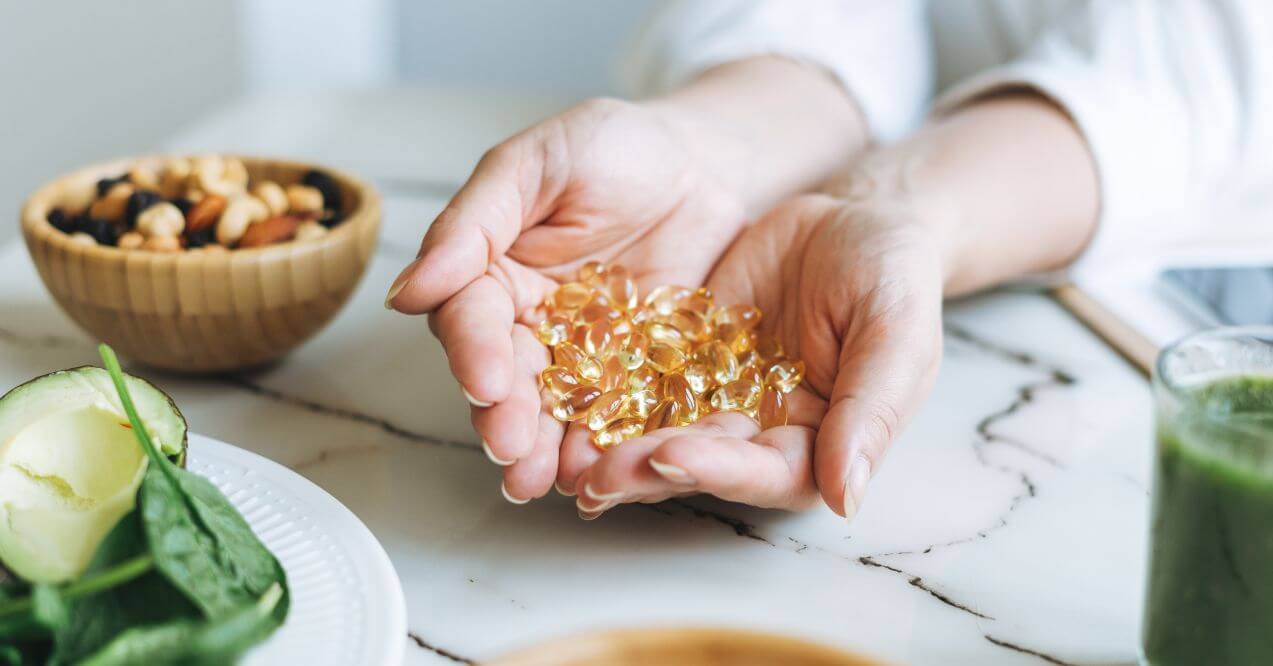
Your body uses omega-6s and omega-3s like a balanced scale to keep things running smoothly. Throughout history, people ate these fats in nearly equal amounts. But today’s diets, filled with seed oils, have thrown this balance off track – now we eat about 20 times more omega-6s than omega-3s.
This change is important because these fats work as a team in your body. Think of omega-3s as your body’s natural balancers. Omega-6s have their own jobs to do. You need both kinds, but getting the right amount of each makes all the difference.
Here’s what the numbers tell us:
- Traditional Diets – 1-4 parts omega-6 to 1 part omega-3
- Current Average Diet – 20 parts omega-6 to 1 part omega-3
- Recommended Balance – 4 parts omega-6 to 1 part omega-3
Recent studies have found something interesting. Omega-6 fats, especially one called linoleic acid, might not be as troublesome as we once thought. The key is making sure you get enough omega-3s along with them. Another study found that people who maintained a higher intake of omega-3s remained healthy even when they consumed more omega-6s. Think of it like a scale: if you add more weight to both sides, it still stays balanced.
So, what does this mean for your meals? You don’t need to eliminate seed oils entirely. Instead, focus on increasing your omega-3 intake while moderating your use of seed oils. This approach blends traditional dietary wisdom with the latest scientific findings.
Try these easy steps for better balance:
- Eat More Omega-3 Foods – Include fatty fish, flax seeds, and chia seeds
- Use Less Seed Oil – Cut back on processed foods and cooking oils
- Choose Simple Foods – Pick fresh, whole ingredients
- Cook Your Own Meals – This lets you control which oils go into your food
Remember, you’re not trying to eliminate any food group completely. Instead, focus on creating a pleasant mix of these important nutrients in your daily meals. Small changes can make a big difference in how you feel.
How to Avoid Seed Oils and Choose Healthy Oils

Making the switch from seed oils starts in your kitchen. But you’ll need to become a label detective – these oils hide in many packaged foods under different names. Here’s your practical guide to making better oil choices.
First, learn to spot seed oils on labels. They often appear as:
- Vegetable oil (usually soybean oil)
- Modified oils (like modified corn oil)
- Expeller pressed oils (can still be seed oils)
- Any oil followed by the words “refined,” “purified,” or “hydrogenated”
Smart shoppers check these common products for hidden seed oils:
- Salad dressings and mayonnaise
- Crackers and chips
- Ready-made baked goods
- Frozen meals
- Restaurant-prepared foods
Now, let’s look at your best alternatives for different cooking needs.
- Avocado oil is your high-heat champion. It’s perfect for stir-frying and searing with its high smoke point of 520°F/271°C. Since it’s nearly flavorless, it won’t change your food’s taste. It stays stable even at high temperatures and works well for baking too.
- Extra virgin olive oil becomes your everyday essential. Use it for sautéing and low-heat cooking, as well as in salad dressings and dips. Choose “extra virgin” for best quality, and remember to store it away from heat and light.
- Coconut oil serves as your versatile kitchen friend. It’s great for medium-heat cooking and adds a pleasant flavor to baked goods. Being solid at room temperature makes it perfect for certain recipes. Choose unrefined for maximum benefits.
Practical tips for avoiding seed oils:
- Cook at Home – This gives you complete control over your oil choices
- Make Your Own Dressing -: Mix olive oil with vinegar or lemon juice
- Choose Whole Foods – Focus on unprocessed ingredients
- Read Labels – Look for products made with better oil options
- Ask at Restaurants – Request butter or olive oil for cooking
Benefits you might notice after switching:
- More stable energy levels throughout the day
- Clearer thinking and better focus
- Improved joint comfort
- Better skin appearance
- Enhanced exercise recovery
Remember, transitioning away from seed oils is a journey, not a race. Start with small changes in your kitchen, then ggradually expand to other areas of your diet. Every step toward better oil choices supports your body’s natural balance.
For additional support, consider incorporating high-quality Omega 3 supplements like Nano Powered Omega 3 into your routine. Omega 3s are essential fatty acids that play a critical role in cellular health, brain function, and heart health. Endorsed by Dr. Holly Lucille RN, ND, Nano Powered Omega 3 uses advanced nanotechnology to enhance absorption. This process breaks down larger DHA and EPA molecules into millions of smaller particles, making it easier for your body to absorb the nutrients.

Think of it as water soaking into a dry sponge – your body efficiently takes in the nutrients, helping you enjoy maximum benefits with less.
Seed Oil Facts vs Myths
Let’s clear up some common confusion about seed oils. While these oils do raise valid concerns, some claims about them have been exaggerated or misunderstood. Here’s what research actually tells us:
Myth 1: All seed oils are toxic
Fact: While industrial processing does alter seed oils, calling them “toxic” oversimplifies the science. The main concerns are their omega-6 content and processing methods, not toxicity. Modern facilities must follow strict safety standards for oil production.
Myth 2: Seed oils contain dangerous levels of chemical residues
Fact: Commercial seed oils must meet safety standards for solvent residues. Studies show that properly refined oils contain only trace amounts of processing chemicals – far below levels that could impact health.
Myth 3: Seed oils are new to human diets
Fact: While industrial seed oils are modern, humans have consumed seeds and their oils throughout history. The difference lies in quantity and processing methods. Today’s consumption levels are unprecedented.
Myth 4: You must eliminate all seed oils
Fact: Complete elimination isn’t necessary for most people. Reducing intake and choosing better alternatives often provides more practical benefits than strict avoidance.
Myth 5: All traditional fats are better than seed oils
Fact: Quality matters more than category. A well-processed, properly stored seed oil might be preferable to poorly
handled traditional fat. The key is understanding both source and processing.
The research suggests focusing on these evidence-based concerns:
- The unprecedented quantities in modern diets
- The shift in traditional fat balances
- The effects of industrial processing
- The impact of high-heat cooking on these oils
Remember: while seed oils aren’t ideal kitchen staples, their effects depend largely on:
- How much you consume
- How they’re processed and stored
- Your overall diet quality
- How you use them in cooking
Making informed decisions about seed oils means looking at credible research rather than alarming claims. Focus on gradual improvements to your oil choices rather than stress over complete avoidance.
The Bottom Line
Are seed oils bad for you? While they’re not as dangerous as some claim, research suggests there are good reasons to limit them in your diet. The evidence points to concerns about their processing methods, high omega-6 content, and their overwhelming presence in modern foods.
Instead of viewing seed oils with fear, think of them as one piece of your overall nutrition puzzle. Start by choosing cooking oils like avocado, olive, or coconut oil for home cooking. Read food labels to spot hidden seed oils in packaged foods. Making these changes doesn’t have to be overwhelming – focus on whole foods, cook more at home, and pay attention to food labels when shopping.
Think of managing your seed oil intake as a journey rather than a strict rule. Each small choice to reach for a better oil option adds up to meaningful improvements in your health over time. Remember, it’s about progress, not perfection.
The high omega-6 content in seed oils may affect gut bacteria balance and intestinal lining health. Research suggests excessive consumption might disrupt the gut microbiome and influence natural digestive processes.
Extra virgin olive oil, avocado oil, and coconut oil are healthy alternatives to seed oils. These minimally processed oils maintain their natural properties and offer better fatty acid profiles for cooking and dressing.
No, olive oil isn’t a seed oil. It’s extracted from the fruit (olive) pulp, not seeds. This makes it fundamentally different from industrial seed oils in both processing methods and nutritional composition.
No, avocado oil comes from the pulp of the avocado fruit, not its seed. Like olive oil, it’s pressed from fruit flesh, making it a fruit oil that requires minimal processing.
Research suggests regular consumption of highly processed seed oils may impact cellular health due to their high omega-6 content and industrial processing methods. Moderation and choosing less processed alternatives is recommended.
Studies indicate canola oil’s high omega-6 content and processing methods may influence the body’s inflammatory responses. The heat and chemicals used in extraction might also affect its molecular structure.
Whole sunflower seeds can support gut health with fiber and nutrients. It’s the heavily processed oil, not the seeds themselves, that raises potential health concerns.
While seed oils alone don’t directly cause weight gain, their high omega-6 content and presence in processed foods might influence metabolism and hunger signals. Focus on overall diet quality rather than single ingredients.
Sign up for our Healthy Living newsletter!
Advertisement. This site offers health, wellness, fitness and nutritional information and is designed for educational purposes only. You should not rely on this information as a substitute for, nor does it replace, professional medical advice, diagnosis, or treatment. If you have any concerns or questions about your health, you should always consult with a physician or other health-care professional. Do not disregard, avoid or delay obtaining medical or health related advice from your health-care professional because of something you may have read on this site. The use of any information provided on this site is solely at your own risk.
